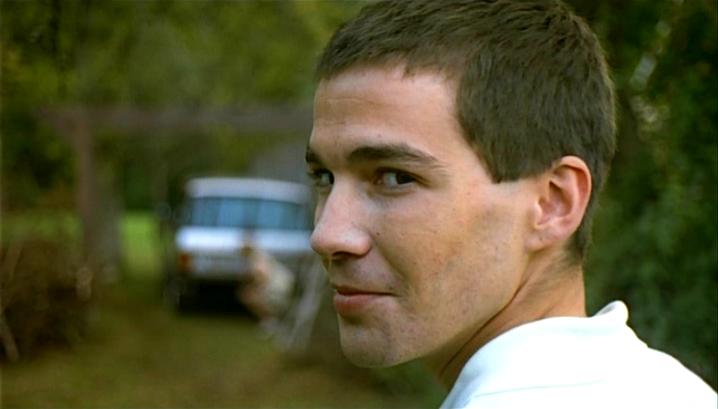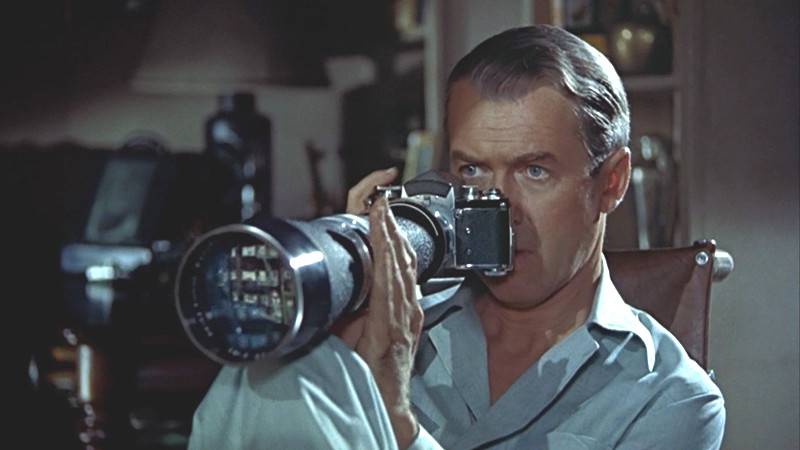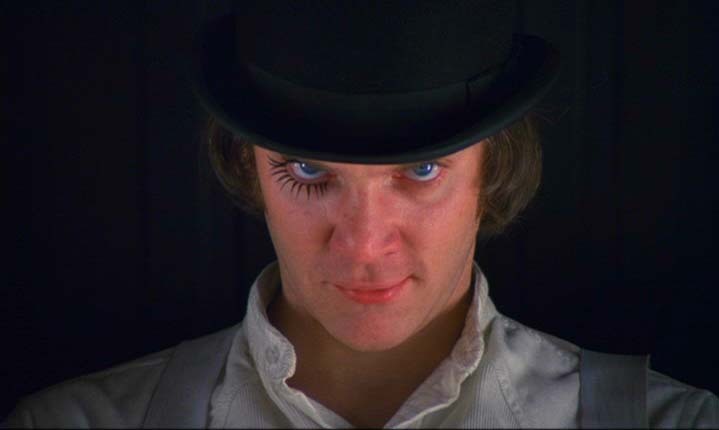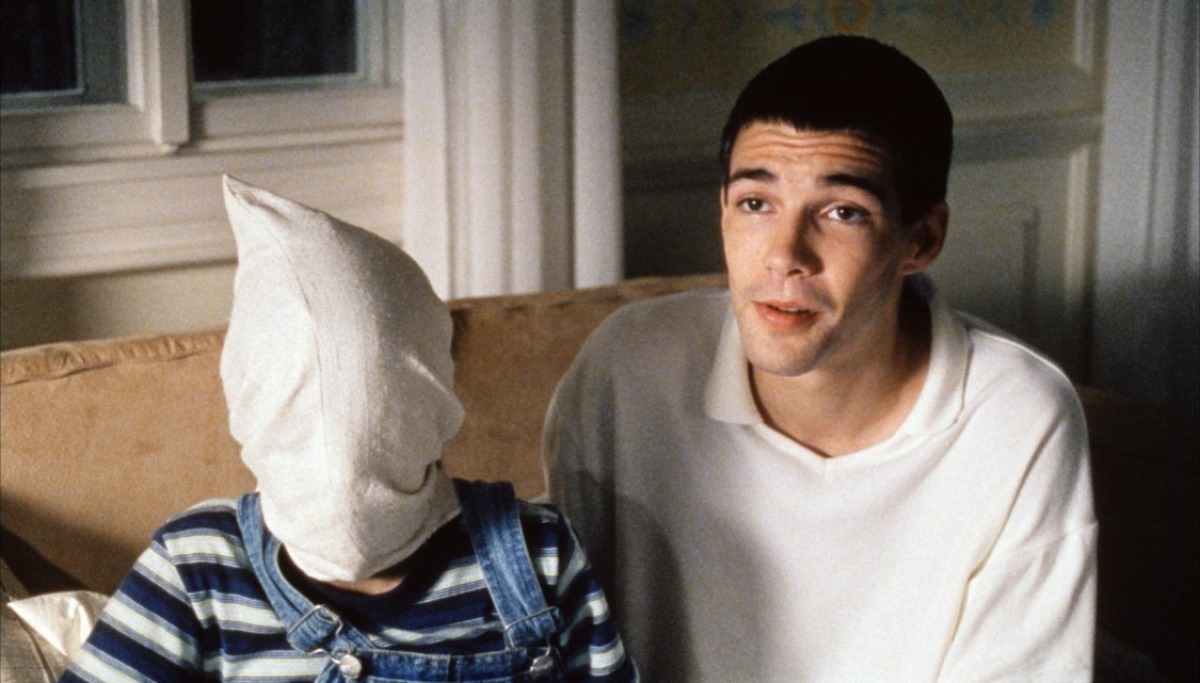
The idea of meta-cinema is nothing new. It helps to create additional layers of commentary in the film and helps the directors expose universal truths regarding cinema. Clever filmmakers are using this brilliant and effective device for years and there is no hint of an end.
One example can be especially enlightening, although they belong to seemingly different genres and cater to distinct audiences: auteur Federico Fellini’s art house drama “8 1/2” and the superhero flick “Deadpool” are two examples. Whereas “8 1/2” is a clear meta-commentary of life and cinema, “Deadpool” is a self-aware superhero who frequently breaks the fourth wall. The filmmakers had enormous fun making these self-aware meta films, poking fun at the audiences.
There are two advantages in making this type of picture. While the blockbuster sensibilities can be intact and the filmmakers can earn a pretty dime, they can also highlight the world’s bitter, bleak condition and our ignorance of it. We have adjusted to this world’s travesties and have become powerless, idle voyeurs. The films mentioned in the list either criticizes their audiences angrily or casually jokes about them. Without further ado, here are 9 films that judge their audiences for watching.
1. Rear Window

Alfred Hitchcock had an exceptional macabre at making tense thrillers, and “Rear Window” is no exception. He never loses the grip of the plot and subverts the audience’s expectations to create amazing suspense throughout the film. But it is only what easily meets the eye: behind the straightforward thriller entertainer, there is a profound exclamation that can easily compete with Hitchcock’s most critically praised film “Vertigo.” The realization is not easy, but for the curious audience, there is ample commentary toward their voyeuristic nature.
It starts with nurse Stella’s conversation with wheelchair-ridden photographer Jeff: “We’ve become a race of Peeping Toms. What people ought to do is get outside their house and look in for a change.” Jeff’s temporary physical incapability has forced him to find entertainment in observing the fellow neighbours with binoculars, but the attack is directed toward us, the viewers, who are not so helpless but have found entertainment in the silver screen voyeurism by choice. It is a great rear projection, a glad advice of introspection from the master filmmaker. We have literally become “lonelyhearts” who have to be careful toward the negative sides of this habit; even Jeff faces danger as a side effect.
2. A Clockwork Orange

What has become of us? This is an important question that the maverick director Stanley Kubrick poses to the viewers who will enjoy his seminal piece of individual freedom. This is a clever contradiction that Kubrick intentionally posits; any viewer who is introduced to his eccentric methods of exposition will nod. On the other hand, he wants a massive audience to watch this picture to introspect on their suppressed violent nature; again, he doesn’t want them to enjoy this picture. “A Clockwork Orange” is a film of brain, more than heart.
His carefree protagonist Alex enjoys raping innocent people, and he doesn’t feel a single bit of remorse in it – not because he is a bad person, but because he simply doesn’t have the realization that this may hurt someone. Kubrick definitely wants us to turn our heads in disgust seeing what Alex is doing, not to enjoy the “Singin’ in the Rain” while severe on-screen violence is happening on screen.
Under pressure from government authorities to maintain stability in the society, Alex conforms in Plainview, but in private, he still has visions of orgy sex. Doesn’t that tell something to all of us who visit porn websites from the privacy of our homes? There is an underlying message of individual freedom in the end, but Kubrick will surely condemn us if we become like Alex.
3. The Cabin in the Woods

“The Cabin in the Woods” certainly knew its audience well. In his debut film, Drew Goddard builds upon and satirizes the age-old tropes of mainstream popular horror cinema and the effect is wonderful. While “Scream” had already dealt with the topic beforehand, “The Cabin in the Woods” is an overall better picture. But the popularity and influence of “Scream” is not to be underestimated; in fact, it has been featured later in the list.
“The Cabin in the Woods” has an innocent virgin, a sex maniac fool, an eccentric odd bunch – all the stereotypes of a cabin horror movie. The film establishes itself as a puzzle piece, later as science fiction, but the original inclination is toward satire or horror-comedy. Goddard evidently likes horror films but is tired with the done-to-death horror tropes. His love-hate relationship with the genre is clear with sustained perfection; he wants his audiences to become more elite so that better horror films come in the future.
4. Funny Games

Austrian provocateur Michael Haneke commented on the destructive capabilities of the mass media with “Funny Games” in 1997, which is a frightening psychological horror film, to say the least. The subject matter is similar to that of the horror master David Cronenberg and his body horror films, but “Funny Games” is more effective because of its extremely realistic and grim appeal.
This film once again tests the audience’s patience with its amplified dose of cinematic violence. The boundary of reality and fiction fade multiple times in the film. An important character named Paul frequently breaks the fourth wall. It is like a criticism to the audience members: how you people are not turning off this film?
“Funny Games” creates and sustains suspense using the expectations and vulnerabilities of the audience members. The idea was not to create a horror film according to Haneke himself, but the result rivals the best of any psychological horror film. The influence of media in us is terrifying.
Based upon an essay Haneke wrote on the subject of media violence titled “Violence + Media,” “Funny Games” unleashes violence on its viewers and assault their senses. An American remake was issued in 2007, again directed by Haneke, but it was a bit bland in its effect. In a good way, again, this Western cultural imperialism can be seen as a meta meta-commentary for the spectators.